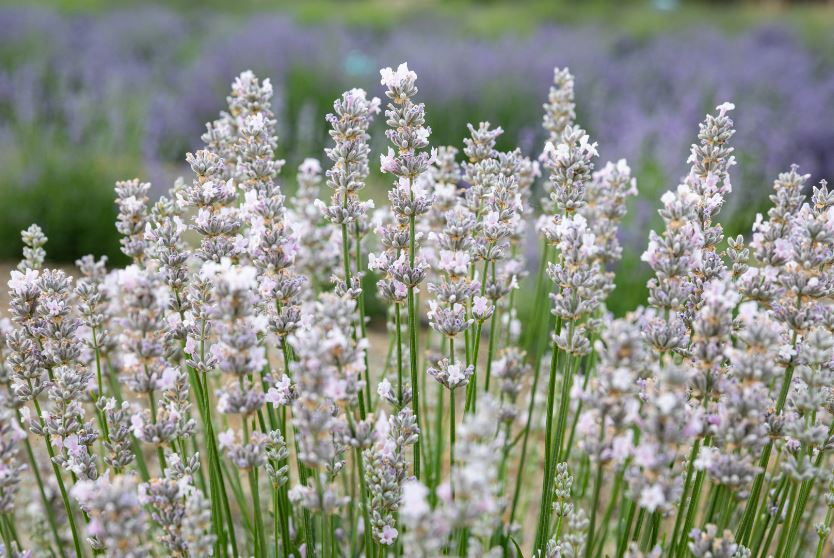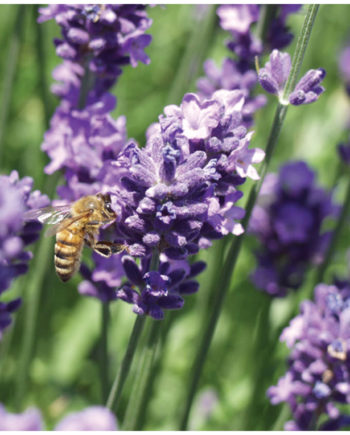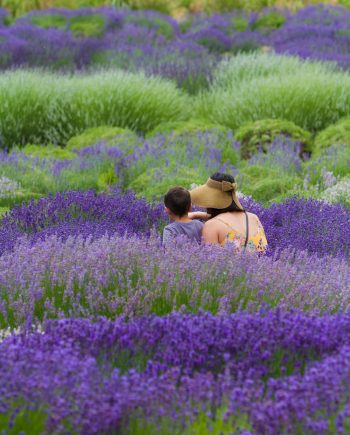Description
Shipping Methods
For the most accurate date of your shipment, please reference the date listed when you are checking out.
Your plant order will arrive at your door, fresh and ready to plant. We use UPS and the US Post Office to ship our orders. Your order may arrive in multiple packages.
Plants are grown in Palisade, Colorado and ship from our greenhouse. We stop shipping after May 31st. We will have collection available from Mid March – May 31st
You will receive a shipping confirmation email when your plants are shipped. Plant orders usually arrive within 2-6 days of leaving our greenhouses, depending on shipping address. We pack our plants to withstand up to 6 days in transit, in the unlikely event of a delay. You will receive a second email the day your order ships telling you how it has been sent.
We apologize, but our live plants cannot be shipped outside the contiguous United States.
What to Expect in Your Box
Open your box right away after receiving it. Your plants and a our Planting Guide for guidance on successfully transplanting your new plants will be included in your package.
Lavender Growing and Care Instructions
Lavender are full sun-loving plants (a minimum of 6 to 8 hours) that thrive in hot weather and grow best in arid climates. Lavender plants can grow larger overall in mild winters, hot summer climates. The same cultivars when grown in colder (zone 5-6) winter climates tend to be more compact. Lavender plants are fully mature in five years.
Lavender plants are at their best in the drier parts of the US like the Great Plains, Intermountain West and West Coast (which has a true Mediterranean climate (wet winters and dry summers). The key is to make sure you choose a variety with sufficient winter cold hardiness for your region. With proper soil preparation, and planting site selection, lavender can also thrive in moister, more humid climates like the Mid-West, East Coast and Mid-Atlantic states.
- Plant in full sun with good air circulation.
- Plant into well drained soil. Compost-enriched garden loam is fine in drier climates, sandy or gravel soil is best in moist climates. Heavy, poorly drained clay can be amended and mounded to improve drainage.
- Planting sights can vary. Select a raised or sloped bed. For colder climates select a planting site against a south facing building wall or along a paved walk or driveway where the reflected heat keeps growing conditions warmer and drier.
- New transplants need regular watering. Don’t let the plants get too dry. Supplemental watering can be greatly reduced in the second growing season as the plants become established.
- When using drip irrigation, place the emitter off to the side of the plant, not right on the root ball to avoid overwatering of mature plants.
- Fertilize once annually in the fall with a top dressing that is a natural all-purpose fertilizer and soil conditioner.
- To retain moisture in arid climates, use mulch like bark chips or fabric. In moister climates mulching with gravel which will protect the crown from excessive moisture and soil splashed onto the foliage.
More in-depth guidance for growing and maintaining Lavender plants: Consider buying Paola’s book Lavender for All Seasons and check out our blog posts.
A Recipe for Cooking and Crafting
For recipe ideas on using lavender in everyday cooking, refer to our recipe library. And check out our crafting with lavender inspiration on our blog.






Reviews
There are no reviews yet.